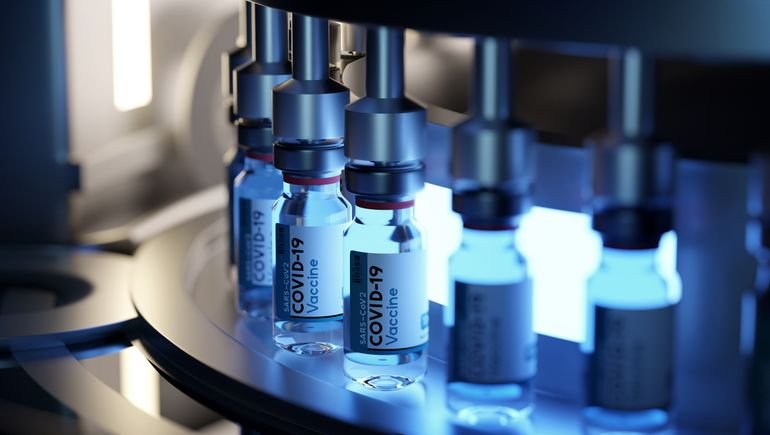A new era of COVID innovation is here

While many people have eagerly yanked off their masks and declared the COVID-19 pandemic over, some health officials are still sounding the alarm about lingering threats. New variants are still emerging, and in April, the CDC recorded more than 120,000 new cases and 1,700 deaths each week.
Federal officials recently heeded those calls for action and put their feet back on the gas to accelerate the development of new coronavirus vaccines and treatments. The $5 billion program, called Project Next Gen, could offer a substantial boost to companies in this space, despite an investment that is only half the almost $18 billion spent on Operation Warp Speed, which brought the first COVID-19 vaccines to market.

Ram Sasisekharan, MIT professor of biological engineering
Permission granted by MIT
“These past few years have certainly demonstrated that we need to be better prepared to handle emerging infectious diseases and variants,” said Ram Sasisekharan, a MIT professor who has worked extensively on monitoring infectious disease and potential countermeasures. “It’s critically important that government funding support scientific innovation and public health efforts to ensure we can tackle the complexity of these diseases going forward.”
Risks remain
Driving this multibillion-dollar investment are fears that an immune-evasive COVID-19 variant or another coronavirus will start to spread, triggering a new wave of disease. Project Next Gen, like Operation Warp Speed, which preceded it, is banking on partnerships with public-sector companies as part of its strategy to bring forth new options.
“Partnerships, whether private sector or academic, that offer novel, rapid-response solutions are worth consideration so long as the outcomes benefit the whole of society and are accessible to those who need them,” Sasisekharan said.
Federal officials are prioritizing the hunt for treatments, such as new monoclonal antibodies, which have already lost ground as the virus has evolved, and antiviral drugs. They are also channeling money into the development of improved coronavirus vaccines. While the current vaccines have been able to keep as many as 18 million Americans out of the hospital and another three million from dying, they’ve been less successful at preventing people from getting sick or spreading infection.
The infusion of government funds could also help speed the development of new vaccines, including nasal vaccines, which may induce mucosal immunity and primes immune responders in the respiratory tract tissues to attack the virus where it enters the body. This mechanism makes it less likely that people will become ill or transmit the disease to others. Another goal is to find an immunization that can provide broader protection against various types of coronaviruses, eliminating the frenetic race to keep up with new variants.
Treatments discovered through Project Next Gen could also potentially help the one in 13 American adults who are experiencing long-COVID symptoms such as headaches, dizziness, brain fog, shortness of breath and heart-rate changes. Researchers are working to understand what’s driving these symptoms. They are exploring whether autoimmunity and lupus-related antibodies might play a role. Another theory is that viral reservoirs may be left behind in the brain and other parts of the body that could cause the immune system to remain in attack mode.
The ultimate goal of Project Next Gen is to build on existing COVID-19 discoveries to stay ahead of this rapidly-evolving virus.
“The infusion of a $5 billion investment at minimum, will help catalyze scientific advancement in areas that have large public health benefits for the American people with the goal of developing safe and effective tools for the American people,” said a senior U.S. Health and Human Services official.
Source link
#era #COVID #innovation